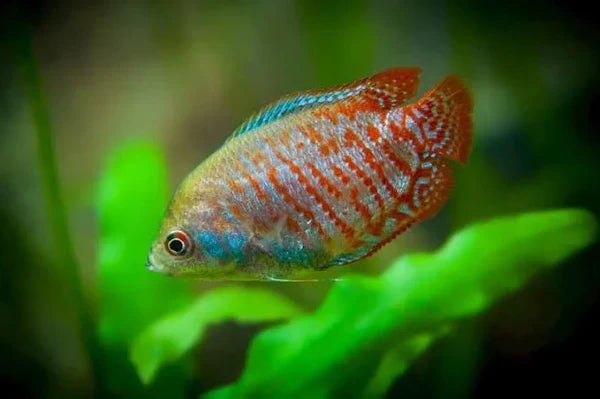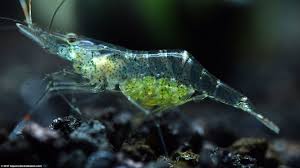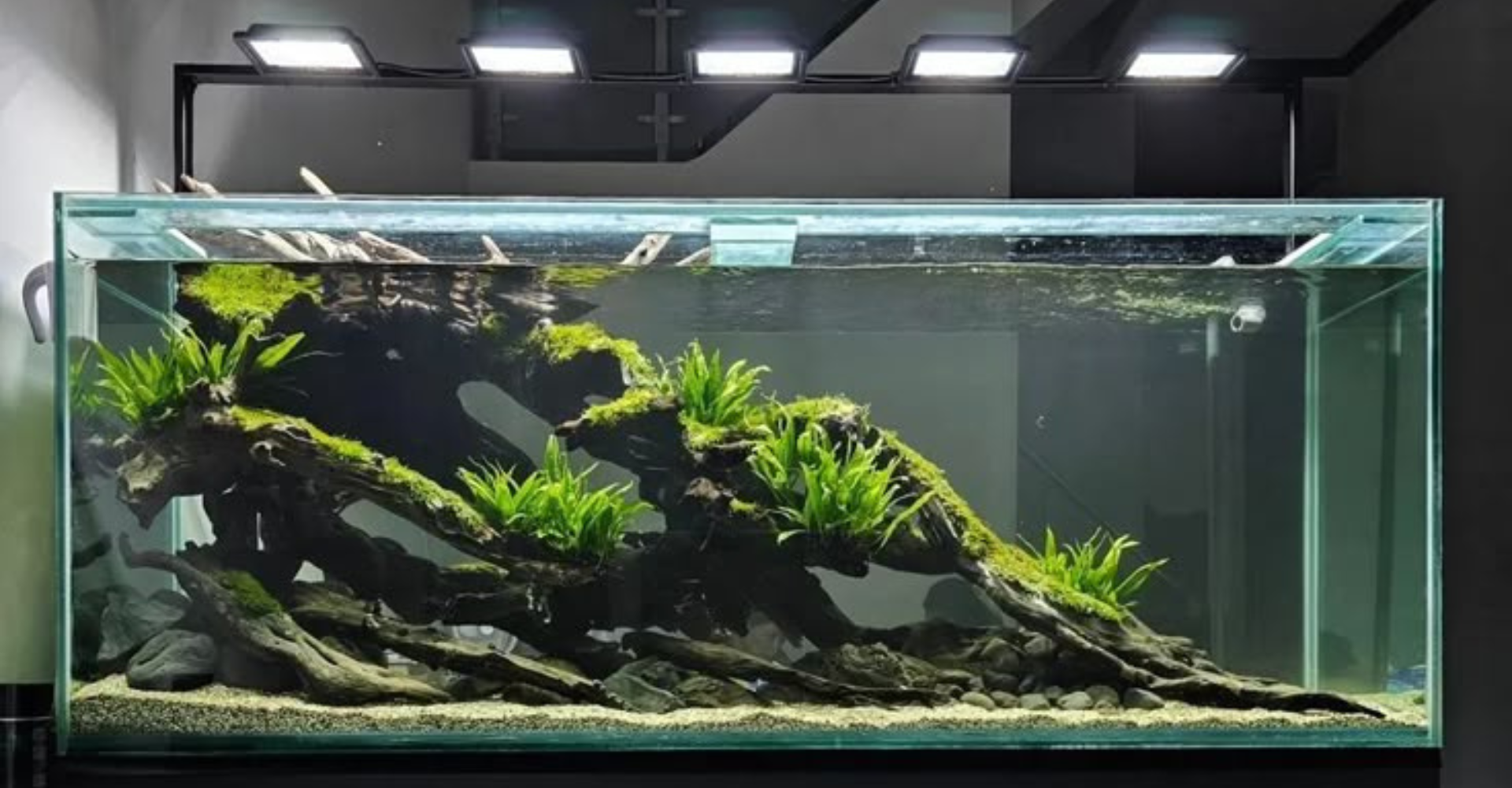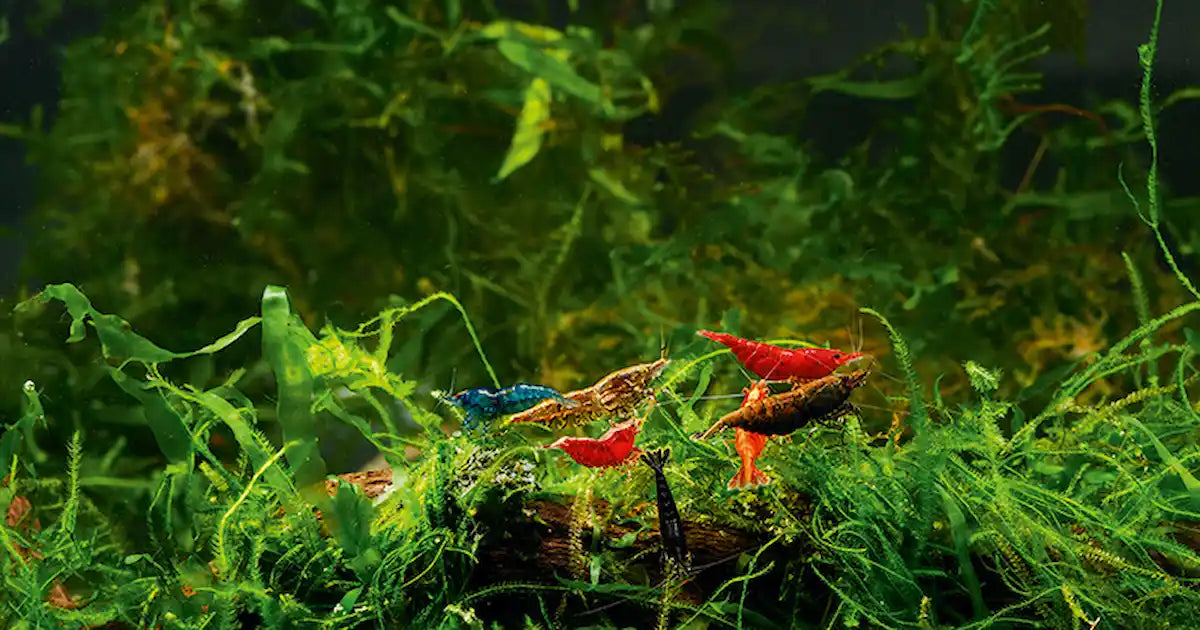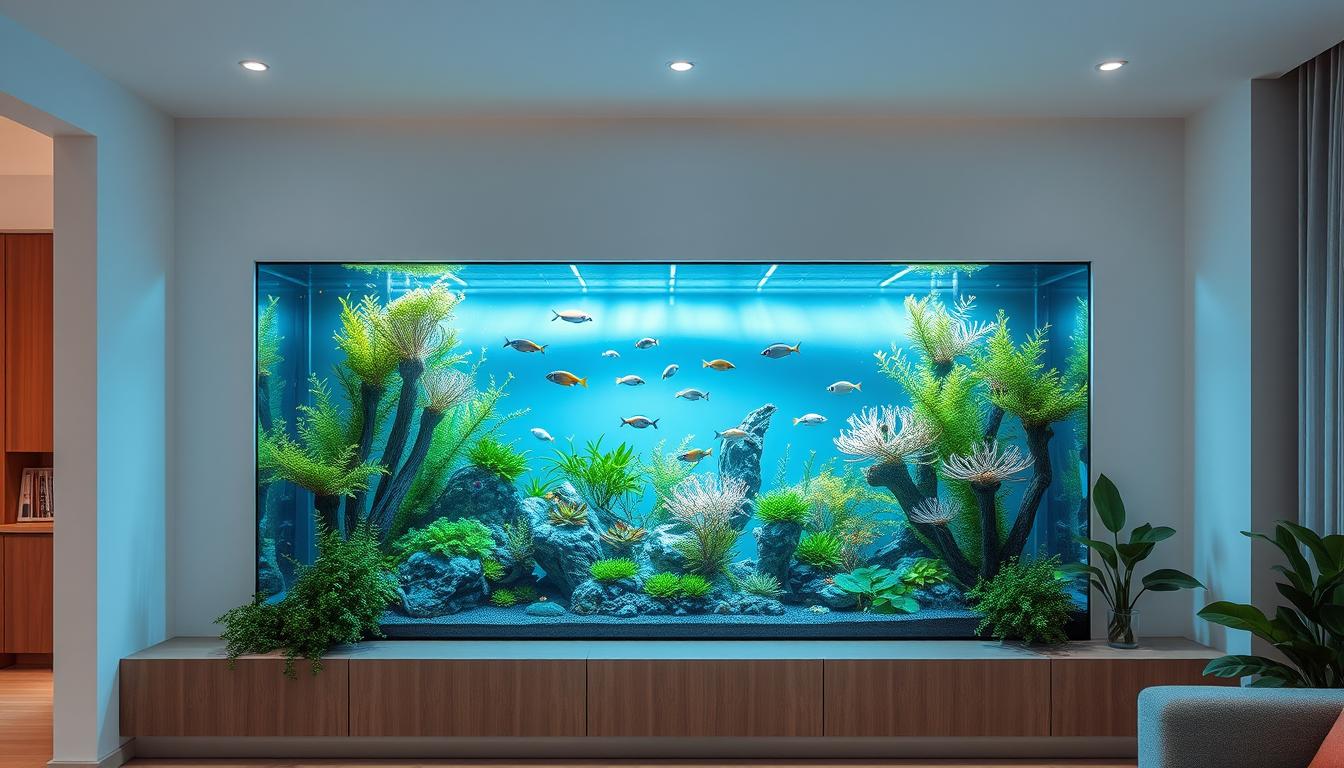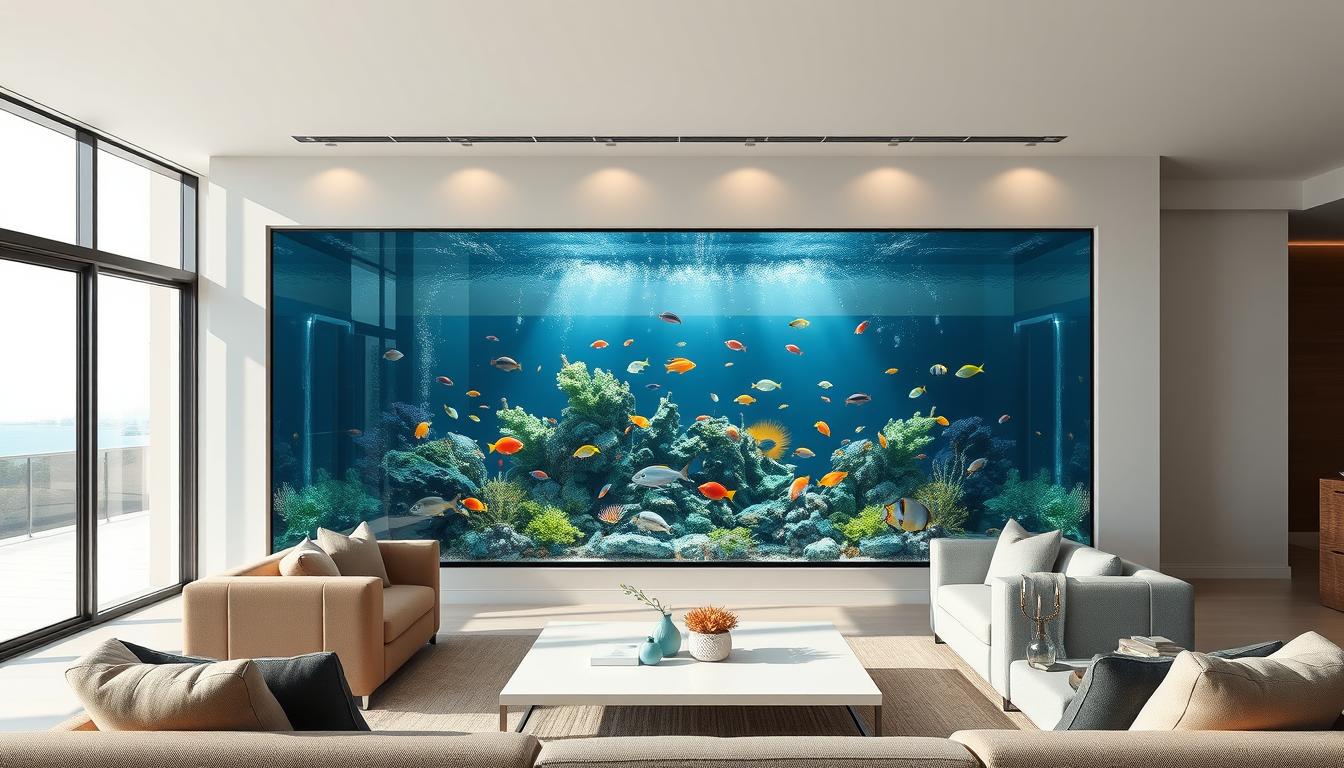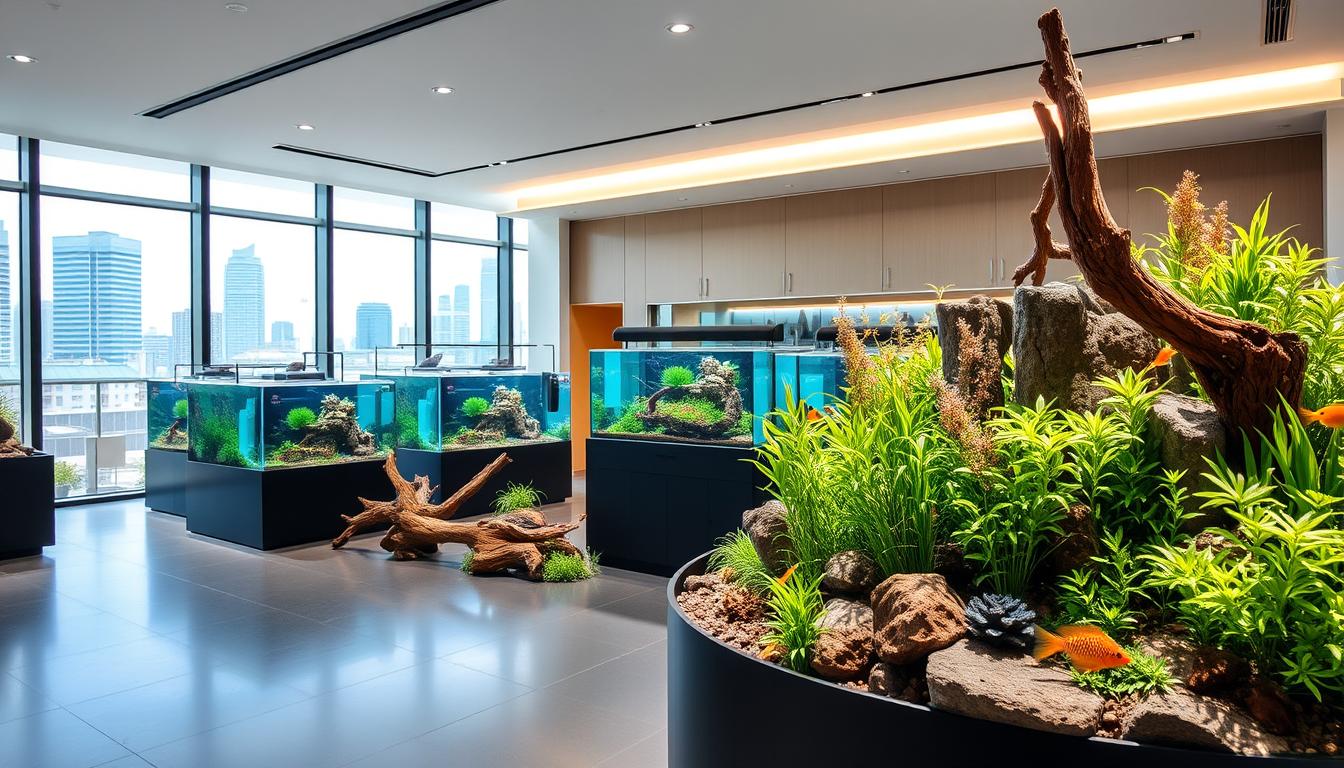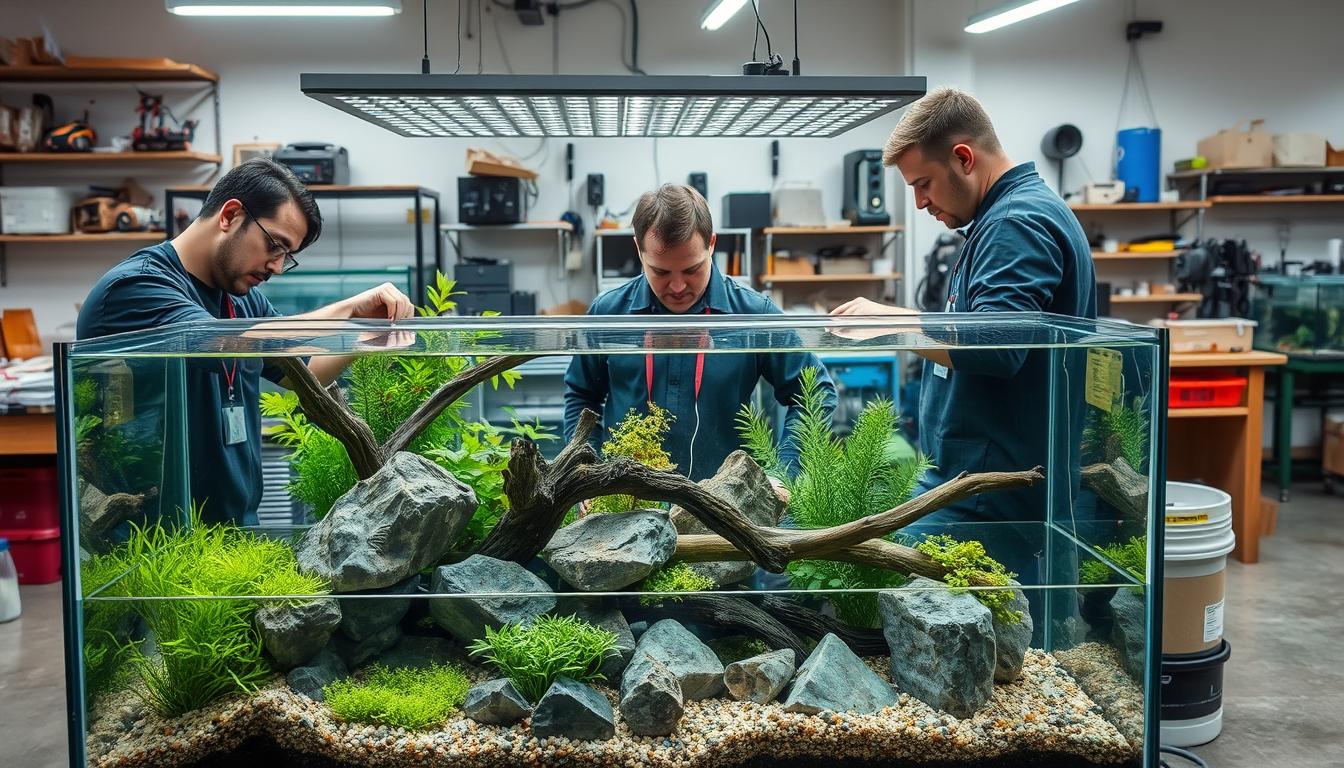Nerite snails are one of our favourite aquarium creatures. They are cute and busy guys that bring a lot of benefits to your freshwater tank.
Even if you've never had a tank before and are still learning things, these animals should be the least of your worries. They are also very flexible when it comes to the type of tank setup you use. They take care of their work and don't need a lot of space to grow, which saves you time planning the perfect home.
Nerite snails love to eat algae growing in your tank. This will help keep your tank clean with no extra effort!
And finally, we think they're fun to look at. It's cute to see these little critters methodically moving around the tank in search of algae to eat (we also love the pattern on their shells).
We'll cover the essentials of snail care and everything you can do to ensure that they lead a happy and comfortable life.
These snails are gentle and spend most of their time looking for algae to eat (both in the wild and in captivity). While they are not really picky when it comes to scavenging, this is what they have become known for in the aquarist community.
Buy now Nerite Snail - Algae Eater For Aquariums
Longevity
The average lifespan of a nerite snail is about one to two years. Very rarely do they live longer than a few years (no matter how well you take care of them).
With that said, poor living conditions will definitely shorten your snail's lifespan. No matter how long your animals live or how much it costs, you should do everything you can to help them live happy and healthy lives.
Appearance
Some of the patterns and colours you'll see on their shells are pretty! They tend to vary based on the different types of snails available, so it's worth exploring that a bit before we move on to the care section of this guide.
Types of Nerite Snails.
There are different types of snails you can buy for your aquarium. Each of the popular ones has its own pattern and colour, which can make for a very nice tank if you mix and match enough of them.
Zebra Nerite snail
The zebra snail is one of the most popular variations you can get. It gets its name from the distinct stripes that cover its shell. These stripes are usually black, but there are many cases where the stripes are different colours.
Black Racer Nerite Snail
The black racer nerite snail has a dark pattern that we absolutely love. They look like a piece of dark perennial wood with repeated "grains" returning to the bark.
Olive Nerite Snail
The olive nerite snail looks just like its name suggests, like a little olive! The striking colours and diminutive size of these animals look very similar at first glance. You'll notice their shell reels have some dark swirls, but that's the only difference!
Size
The typical size of a snail is about an inch in diameter. This number may be smaller if they live in suboptimal living conditions, but if you take good care of them it is something you can expect.
Looking for an algae eater to help you clean up your tank? I bet you will like Nerite Snail - Algae Eater For Aquariums. Check it out here.
Nerite snail care
Nerite snail care is quite difficult. These little critters have the lowest possible maintenance!
Even so, we always recommend reading up on the best ways to care for any life in your tank (no matter how easy it may seem). We feel that if you want to become a truly experienced aquarist, you should have a deep understanding of all the inhabitants of your aquarium and how they interact with each other.
Tank size
The minimum tank size for snails is a 10-gallon tank. This is the recommended size for a snail and should be increased if you plan to add more. Five additional gallons for each additional snail you plan to add to the mix.
Some aquarists express confusion when they hear about the tank size required for nerite snails. They claim that you can just add a little to a tank of any size and be good to go.
This is where they go wrong.
While snails can perfectly function and be effective algae eaters in cramped environments, you have to worry about biological loads. Despite their small size, nerite snails still produce waste that will eventually affect the bioavailability in their small tank. Once this happens, you have a problem.
Water parameters
Having ideal water parameters is just as important for snails as for any other aquatic life. If you want them to help you by eating algae, you should help them too!
Some people are a bit surprised when they discover that the water parameter range for snails is a bit tight. This is not an animal you can have. Throw in any conditions and hope they live! Sure, they're hardy and easy to care for but that's assuming they're in optimal condition.
Water temperature: 72°F to 78°F is the right temperature
pH level: You should be fine anywhere in the 7-8.5 range. While a lot of tutorials online recommend a very tight pH range, that's overkill.
Water hardness: 6-12 dH
What to put in their tank.
It is important to do the best you can when it comes to mimicking their natural habitat. As we all know, snails can be found on the coast. If you use that as a starting point, you can quickly figure out what to put in their tank.
Shop now Nerite Snail - Algae Eater For Aquariums for your aquarium.
You can also use driftwood or other decorative forms to give them variety. It is also very important to ensure that they have the right substrate. Snails are very soft and thin on the underside, so a hard substrate that can scratch them is not a good idea.
Use sandy substrates instead if you want to maximize their comfort. This will allow them to easily move around your tank (as easily as snails can move) without the risk of being cut.
Potential diseases.
Nerite snails are quite fastidious animals, but there are some diseases/diseases that you should watch out for. The most common disease is called edema. This is where the snail's fluid balance is disturbed and leads to severe swelling.
Unfortunately, it's very difficult to find the cause of the edema and your only option is to wait and see if things improve. However, this is a common condition with older snails, so if your pup is quite young this may not be an issue.
You should also use their pods as a way to keep track of any potential illnesses or illnesses. Like most aquatic creatures, any white spot is usually a cause for concern.
For snails in an aquarium, this usually means there is a parasite problem that needs to be addressed. The severity of the parasite will obviously affect the effectiveness of the treatment, but here's what you should do
Food & Diet.
As you might have guessed by now, the main food source of snails is algae. They love it!
This means it's important to try to allow certain types of algae to grow in your tank so that they can move and eat the way they want naturally. When you have enough algae in your aquarium, your snail will roam around in the glass tank chewing it non-stop.
Live rock is a great way to provide a food source for your snails. Over time, not only will they naturally accumulate algae on the surface, but your snails can also use them as a hiding place.
If you think that there is not enough algae growing in your tank to support your snails, you can use algae sheets to solve this problem. This is our favourite method because it's cheap, easy, and effective.
As always, make sure you don't overfeed your snails. This can lead to a number of health problems (some are worse than others).
Behavior & Temperament.
Nerite snail care is almost as easy as dealing with their behaviour. Nerite snails are very calming and peaceful creatures. Most of the time you can see them slowly moving around your aquarium feeding on algae. They won't disturb or even interact with other creatures in your tank, so you never have to worry about them causing trouble.
One thing that is remarkable about their behaviour is that they will sometimes cower in surprise. This can happen anywhere and will sometimes lead owners to think that something is wrong with their snails.
These random breaks will usually end in a few days, but keep an eye on them just to be on the safe side. If there's anything odd about their appearance while they're doing this they could be sick.
Add to your tank Nerite Snail - Algae Eater For Aquariums. A good assistant to help you in cleaning the tank.
Recommended tank mates.
When it comes to tank mates, you're primarily looking for animals that won't bite your snails or try to eat them. You see, snails are very peaceful (even if they're aggressive, they won't be able to attack anything).
Some of the best tank mate choices are other snails, and shrimp (ghost shrimp, cherry shrimp, and Amano are three popular choices).
Some of our favourite fish to keep with snails are:
You'll want to avoid fish like goldfish, cichlids (of course) and snail eaters like crayfish. Pretty much anything will actively seek out your snails as a food source or aggressive fish that see them as an easy target.
Can Nerite snails live with bettas?
This is a common question we see in forums all the time. Fortunately, the betta fish is a good mate suitable for nerite snails. You'll want to keep an eye on them as some of the water parameters don't match perfectly, but you'll be fine!
Nerite snail farming.
Nerite snail farming is a topic full of misinformation and confusion. It's funny because apart from breeding, everything about this creature is very simple!
The source of the confusion comes from the fact that many people say that snail eggs can be kept in freshwater tanks but larvae need salt water to live. This has resulted in mixed advice in the aquarist community when it comes to these snails.
The safest way to handle snail spawning is to slowly transfer them to a brackish water tank (a hybrid between saltwater and freshwater) before spawning begins. This not only helps to encourage mating but also creates favourable conditions for the larvae to live.
Beyond that, there's not much you can do to start the mating process. This can be frustrating for some, which is why so many people give up on the process. You just have to be patient and let them do things on their terms.
Unlike many other snail species, female snails lay eggs that are fertilized by males. They don't do much with the eggs once this process is complete and in 12-16 days the larvae will be formed and ready to go!
What you need right now is to add to your tank Nerite Snail - Algae Eater For Aquariums.
Conclusion.
Nerite snail care is as easy as turning a hand. These little critters are a joy to keep and require no extra effort on your part.
We enjoyed watching them move around the aquarium and look for algae. It's fun to see them climb on the glass so you can observe their tiny mouths as they work!
If you have questions about snails or have suggestions on how we can improve this care guide, we'd love to hear from you. Contact us here.








